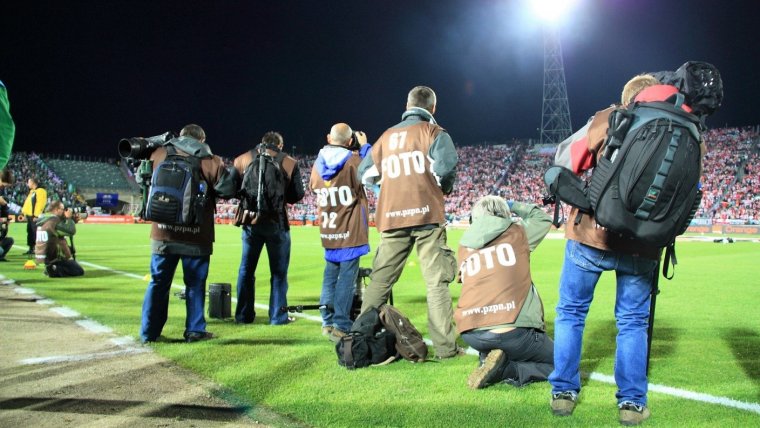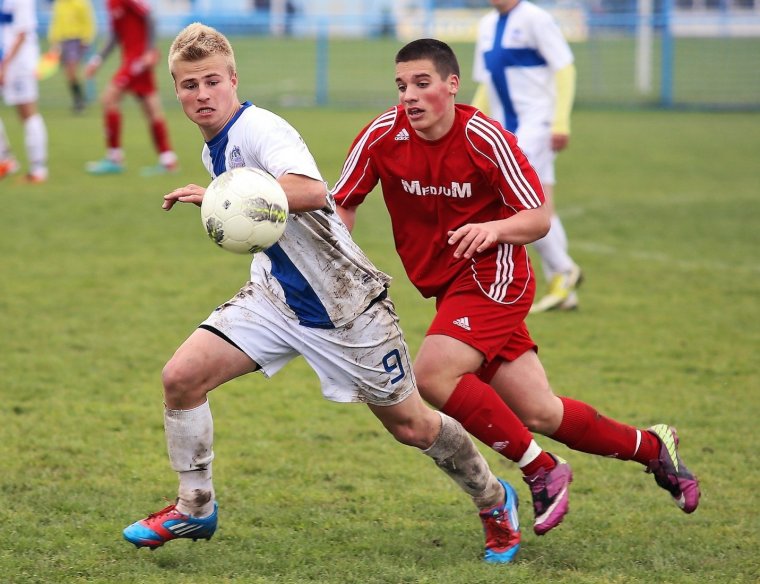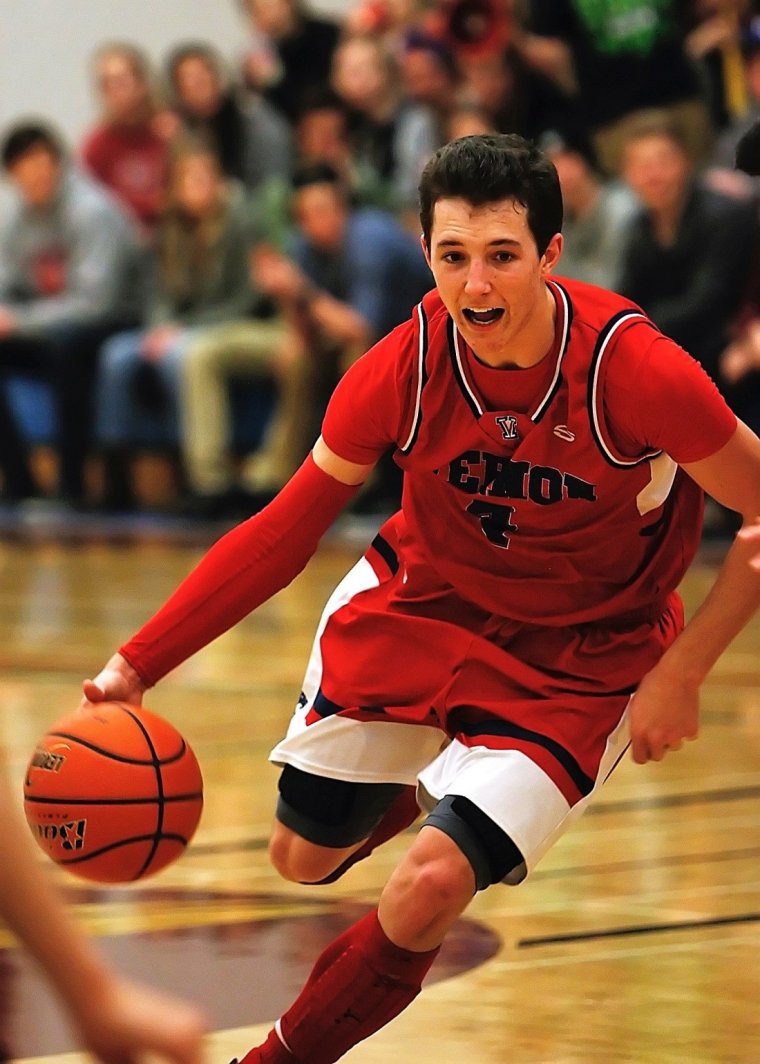
Sports photography offers many opportunities to create a dramatic story with a lot of action that can make an impact.
Like every outdoor photo shooting you will have to make some preparations, so if you don’t like bad surprises ensure that the camera and the lens are working properly, the battery(s) are fully charged, and check the memory card or even carry a spare one. Also, you should check the weather forecast, and if there is a minimal chance of rain, then you should carry a rain gear and a bag for all these stuff.
The key to capturing the perfect shot in sports comes down to relatively few things. One of the most important things is the lens (should be the 55-250mm minimum). Professional sports photography, unlike any other type, requires the biggest and most expensive equipment on the market. This allows you to shot from anywhere around the stadium, including behind the goals in football, creating the perfect head on shot.

So you are walking in the stadium. First, you should find an excellent position next to the line of the court. All the professional photographers are there because the perfect shot is in the player’s eye line. From that perspective, you will be able to catch all the action and the emotions of the players. The second thing you should have in mind is the back scenery. Take time to walk around and find a spot that will have a clean, clutter free background. Avoid metal fences or complex environments. If it’s not possible to avoid them, then keep the focus off them and keep them blurry.
For this kind of photography, you should use a high ISO sensitivity from 1600 up to 3200. In the past, the photos shouted with high ISO were with lots of noise, but with today DSLR’s that is not an issue. Raising the ISO will give you a chance to shoot at a higher shooter speed. 1/1000 of a second will freeze any motion, but if it’s possible to go even faster, let say 1/1600. During the day, especially on a sunny day, the setting is not a problem at all. Here is a list of various settings for different terrains:
When the game starts, you have a limited amount of time to shoot. Always follow the ball – Find the player with the ball, lock on using continuous focus, and fire away following the player till the play ends. Shoot entire series of action, use continuous mode to shoot multiple frames before during and after the action that way you can choose the best frame. And remember- don’t look the LCD on the camera. Getting your eyes on the camera instead on the game is losing a valuable time and a chance to miss the crucial moment of the game. You will have plenty of time after the game to look at what had you done.

And if it’s indoor game with poor lighting, avoid using the flash. On a professional indoor match, flashes are prohibited, and they can distract the players who can lead coaches to go crazy and that means that you are out of there. But, if you are shooting a local sports event or a lower-level event, such as high school handball league, then flash is usually acceptable. Check with either the coaches or the school’s security just to be sure that you are not going to be thrown out. Try to bribe the security officer with a photo of the player of the match with him, and that will do the trick, it always does.
Here are some other tips and tricks that might be useful and help you from time-to-time:
Shoot landscape for action far away and portrait for up close action. Landscape orientation for far away action will help with the cropping and aspect ratio of an image
Shoot as low as possible. Shooting from a low perspective will give a more aggressive look to the images. It will also allow you see under hats and helmets to capture faces which are the key for a mighty or emotional photo.
Get outside your comfort zone. Once you get comfortable with the basics, don’t be afraid to try different things. Try different angles or shoot from different locations. You want your photos to show viewers things they can’t normally see.
Practice, practice, practice. Don’t get discouraged if you go out for the first time and your photos don’t turn out great. Figure out what you did wrong, how you can fix it, and get back out there
Comments (0)
There are no comments yet.